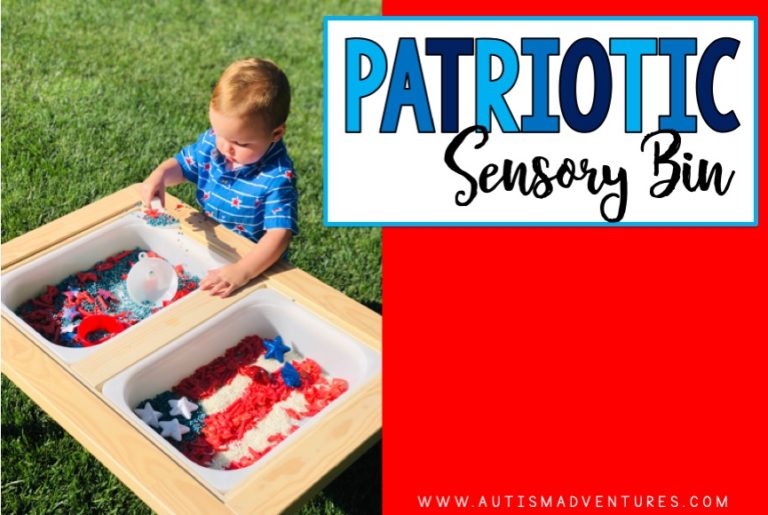Edible Reinforcers in the Classroom
Edible reinforcers can be a hot topic in the school setting. I get it, do you really want to go down that route? Do you want to open up that can of worms? Well, I’m with you on this. Sometimes I am for it, and sometimes it is a hard no. I’m going to give you some guidance with how to successfully implement edible reinforcers in the classroom.

What are Edible Reinforcers?
Reinforcers are objects or actions that are used to increase desired behaviors. Edible reinforcers are exactly what you think, food or drinks! Some kids are SO motivated by food. To read more about a token economy system, working cards or a first/then card that all use reinforcers, click on each post above.
Should You Allow Edible Reinforcers in the Classroom?
First things first, does your special education department or school allow for food in the classroom. I’m not talking about cupcakes and cookies, but simple items like gold fish crackers or pretzels. While there may be a no food policy school-wide, there may be exceptions for your program. Always check with administration first!
Second, are parents on board with food in the classroom? Food allergies are serious. ALWAYS, always, always get permission from ALL families in the beginning of the year to implement food in the classroom. Ask about any allergies. Even if you are implanting edible reinforcers with only one student, these foods could be harmful to others who are not eating them.
Lastly, have you tried other reinforcers first? In my opinion, and not everyone will agree, is to try food reinforcers last. Food reinforcers have always been the hardest to fade in my experience. So, if you don’t need it, why introduce it?
Who benefits from Edible Reinforcers?
This can be a tricky question. Not all students need edible reinforcers. Just because a kiddo exhibits extreme behaviors or won’t attempt any task you hand them, it doesn’t mean edible reinforcers are the answer. If a kid LOVES a certain food, it doesn’t mean that edible reinforcers are the answer.
To me, the students who benefit the most are the ones who’s PRIMARY reinforcer is food AS WELL as they are currently struggling with the reinforcer/plan you currently have in place. If the student is motivated by food, and nothing else, give it a shot. We need to work with students at the level they are at!
When should you use Edible Reinforcers?
There is no right way to implement edible reinforcers in the classroom. The only important thing is to be consistent. If the student gets one gold fish for an entire worksheet, KEEP IT CONSISTENT. If one staff member gives the reinforcer for each problem but the next staff member gives the reinforcer for a certain amount of time, the child will be confused. Like all reinforcers in the classroom, there must be a plan. All staff should be on the same plan and the student will understand what is expected of them.
You can use edible reinforcers in a variety of ways:
- intervals of time (set a timer)
- complete a task (first/then)
- At the end of the day/class/period
How to Fade Edible Reinforcers
Like all reinforcers in the classroom, our goal is to fade prompts. If you are new to the idea of prompts, read more about the prompt hierarchy HERE. As an adult, I am not given a reinforcer every five minutes for behaving. Students need to build towards this independence and have prompts faded slowly over time. To fade edible reinforcers in the classroom, the easiest way to fade these prompts is to increase the amount of time and/or increase the task at hand before the reinforcer is given to the student. Eventually you can fade to once a day, then once a week and to eventually never. You can simply replace these edible reinforcers with tangible reinforcers in the classroom that will be less of a distraction for other students.
Like what you read? Don’t forget it, PIN IT!













